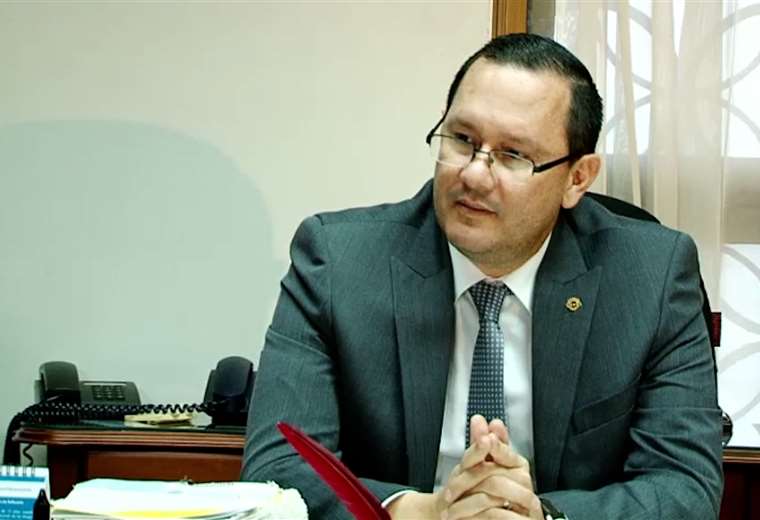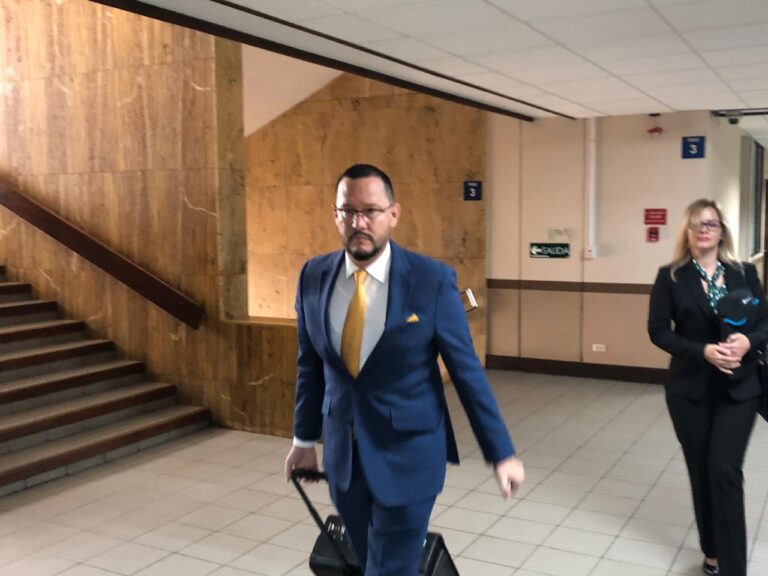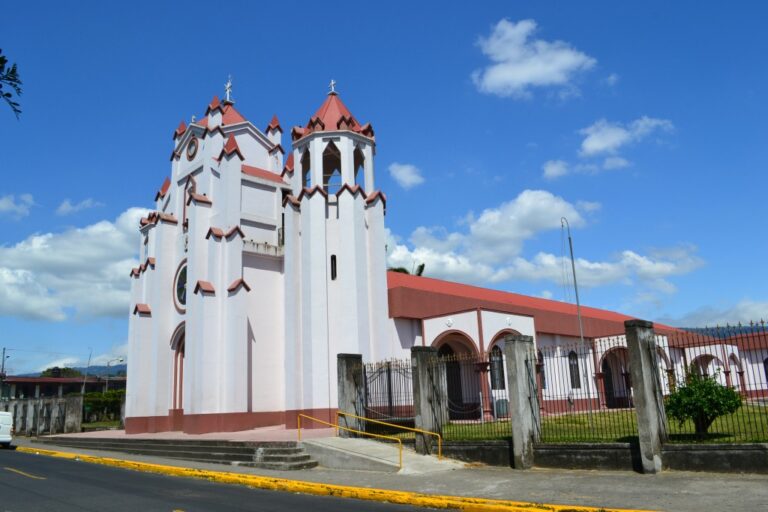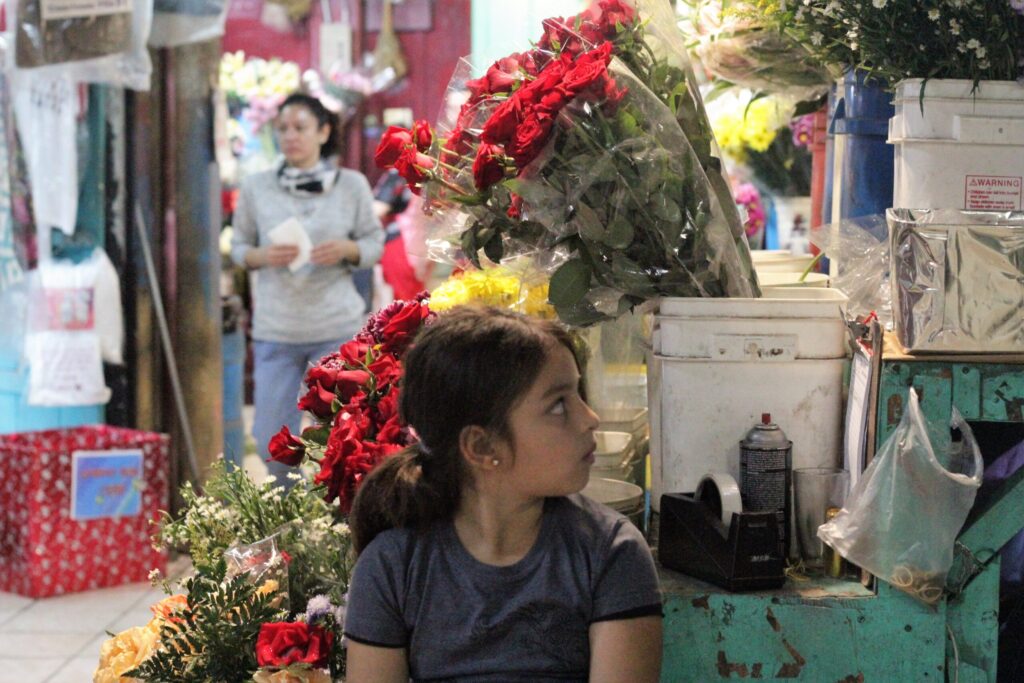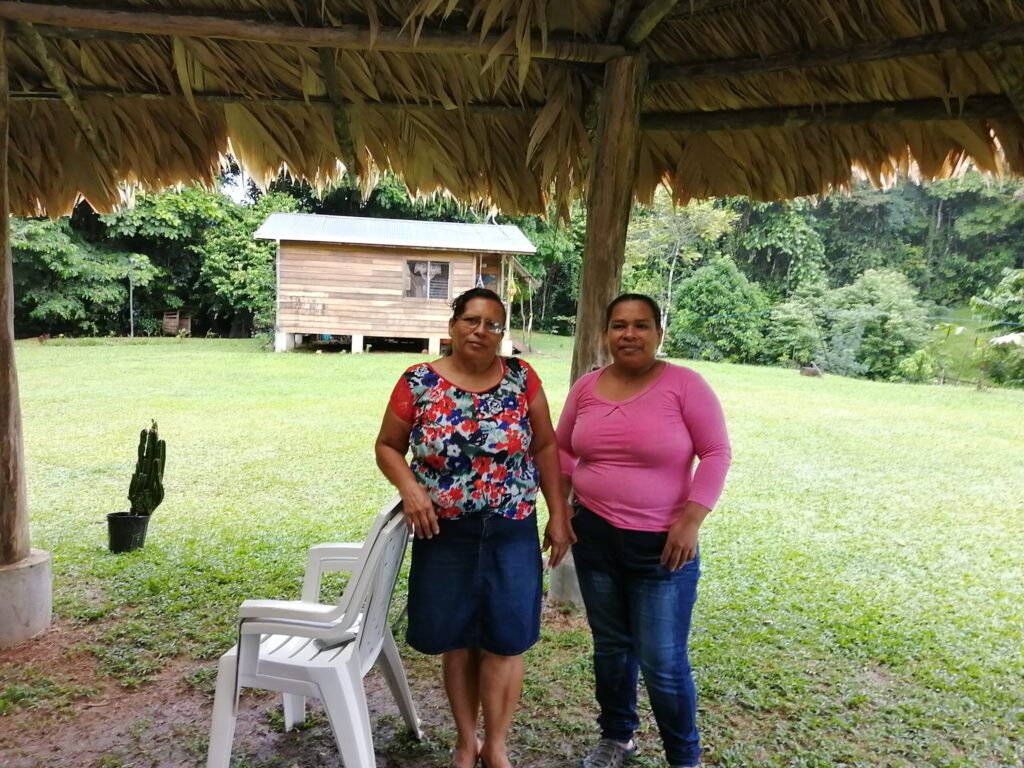A team of specialists from Costa Rica and Mexico is currently at the Finca 6 Museum Site in Osa, carrying out a crucial phase in the long-term conservation of the pre-Columbian stone spheres. The work in August 2025 is focused on the restoration of three limestone spheres, a rare variety whose composition makes them especially vulnerable to environmental conditions.
This effort is the result of a solid collaboration spanning more than a decade between the National Museum of Costa Rica and the National School of Conservation, Restoration, and Museography (ENCRyM) of Mexico’s National Institute of Anthropology and History (INAH). The project is taking place at one of the four Diquís settlement sites declared a UNESCO World Heritage Site.
The Focus of the Intervention: The Vulnerability of Limestone
Unlike the majority of the spheres, which are made of gabbro (a type of hard igneous rock), the three spheres undergoing intervention are made of conglomerate limestone. As a sedimentary rock, it is significantly more porous and softer, which accelerates its deterioration.
Technical diagnostics carried out by the team identified several “pathologies,” or types of alteration:
- Material Loss: Detachment of fragments and dissolution of the calcareous matrix due to acid rain.
- Fissures and Fractures: Structural cracks caused by thermal stress and pressure from roots.
- Biological Colonization: The presence of lichens, algae, and mosses that retain moisture and secrete acids, deteriorating the surface.
- Water Erosion: Surface wear caused by water runoff.
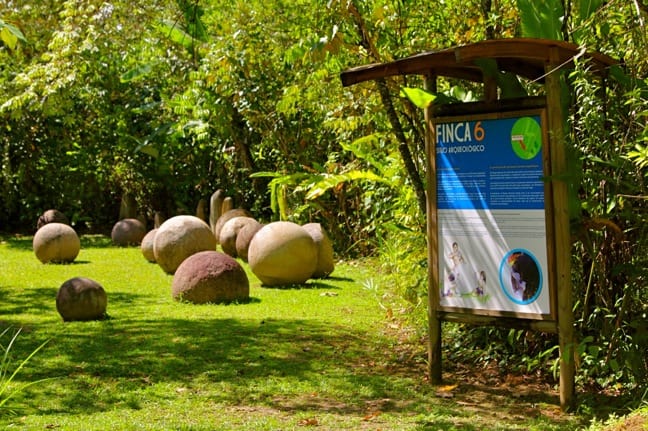
A Scientific Collaboration for Knowledge Transfer
The project, led by experts such as Dr. Isabel Medina González from ENCRyM and restorers from the National Museum, has a dual objective. The first is the physical stabilization of the artifacts to halt their deterioration. The second, of equal importance, is the exchange of methodologies and the technical training of Costa Rican personnel in the conservation of archaeological stone in a tropical context.
This alliance allows Costa Rica to apply the vast experience that Mexico has developed in conserving its own monumental heritage, adapting the techniques to local conditions and materials.
Methodology and Applied Conservation Principles
The restoration process follows a strict scientific protocol based on the highest international standards.
- Specialized Cleaning: Mechanical cleaning is performed, both dry (using scalpels and brushes) and wet (with water and ethanol), to remove surface deposits and biological growth without being abrasive.
- Structural Consolidation: Fissures and areas with material loss are filled with lime-sand mortars. This material is selected for its chemical and physical compatibility with the limestone. Its porosity allows the sphere to “breathe,” preventing the internal accumulation of moisture that could cause greater damage.
- The Principle of Reversibility: A fundamental criterion in modern conservation is that any material added must be removable in the future without damaging the original object. The mortars used comply with this principle, ensuring that future interventions, with possibly more advanced technologies, are feasible.
- In Situ Conservation Strategy: The decision to keep the spheres partially buried is a deliberate scientific strategy. This creates a stable microenvironment around the artifact, protecting it from abrupt temperature changes and direct solar radiation, which are two of the main agents of deterioration.
This binational project not only ensures the physical survival of unique artifacts but also guarantees the preservation of their integrity and authenticity, fulfilling the commitments made by Costa Rica when it inscribed the Diquís settlements on the UNESCO World Heritage list.









